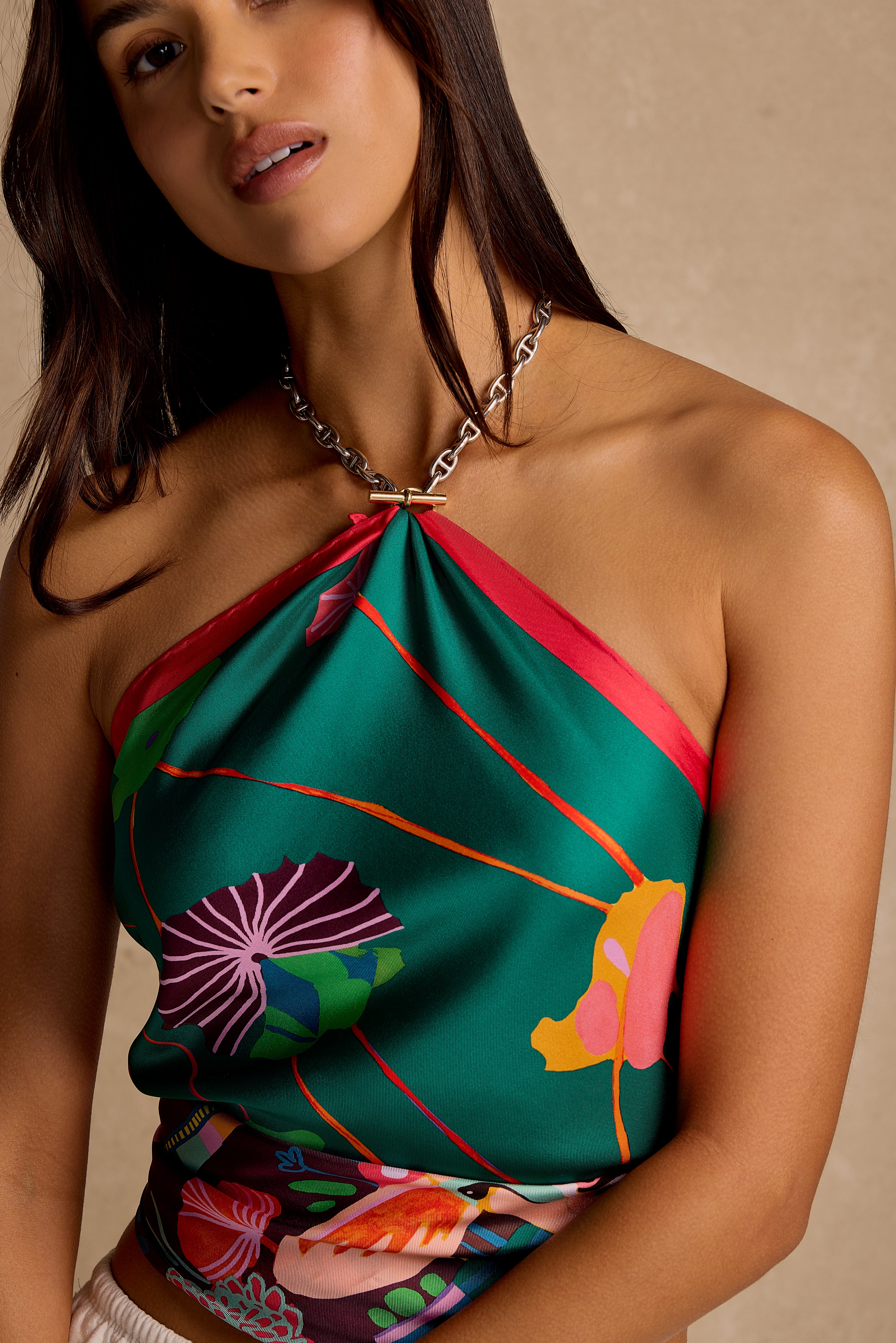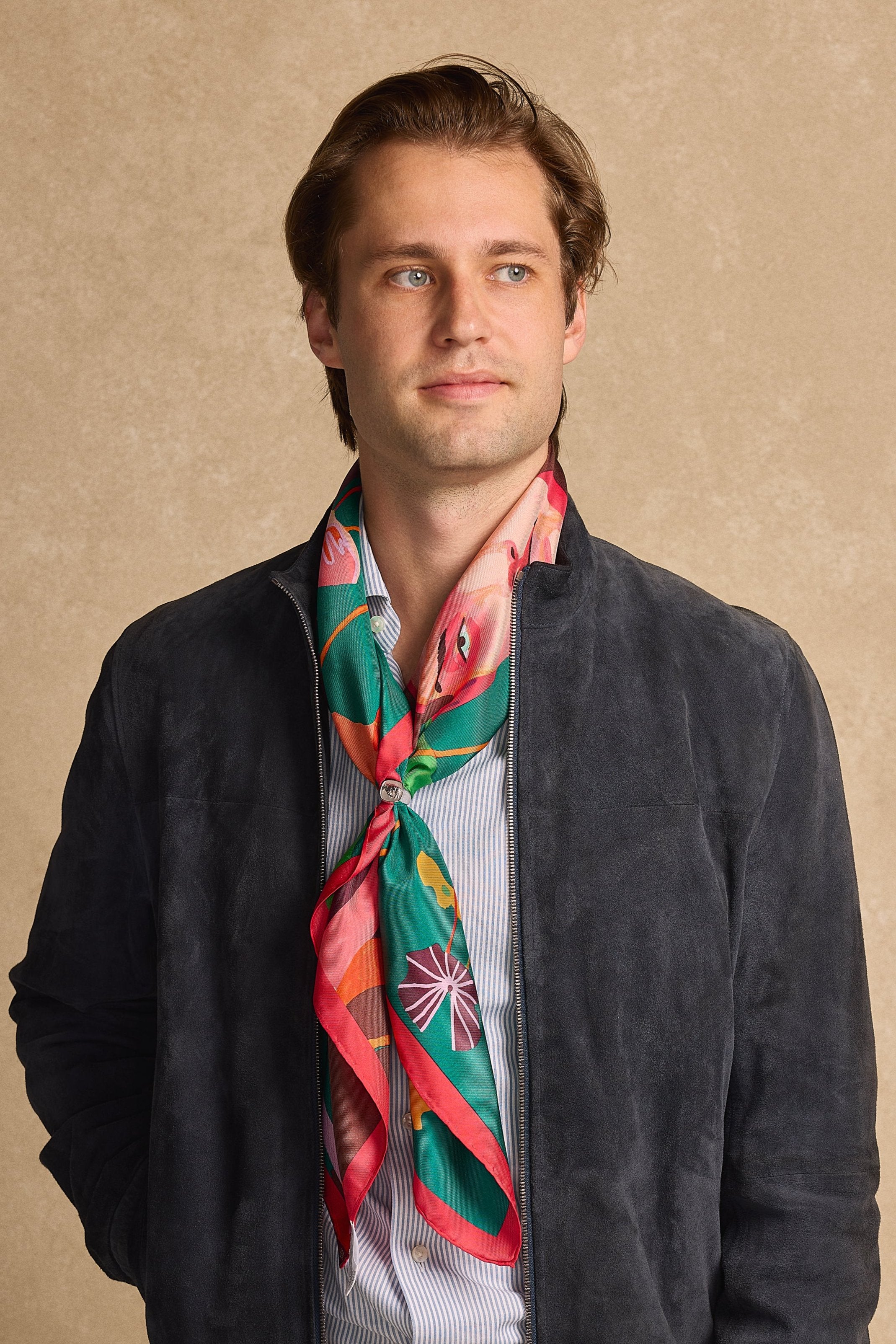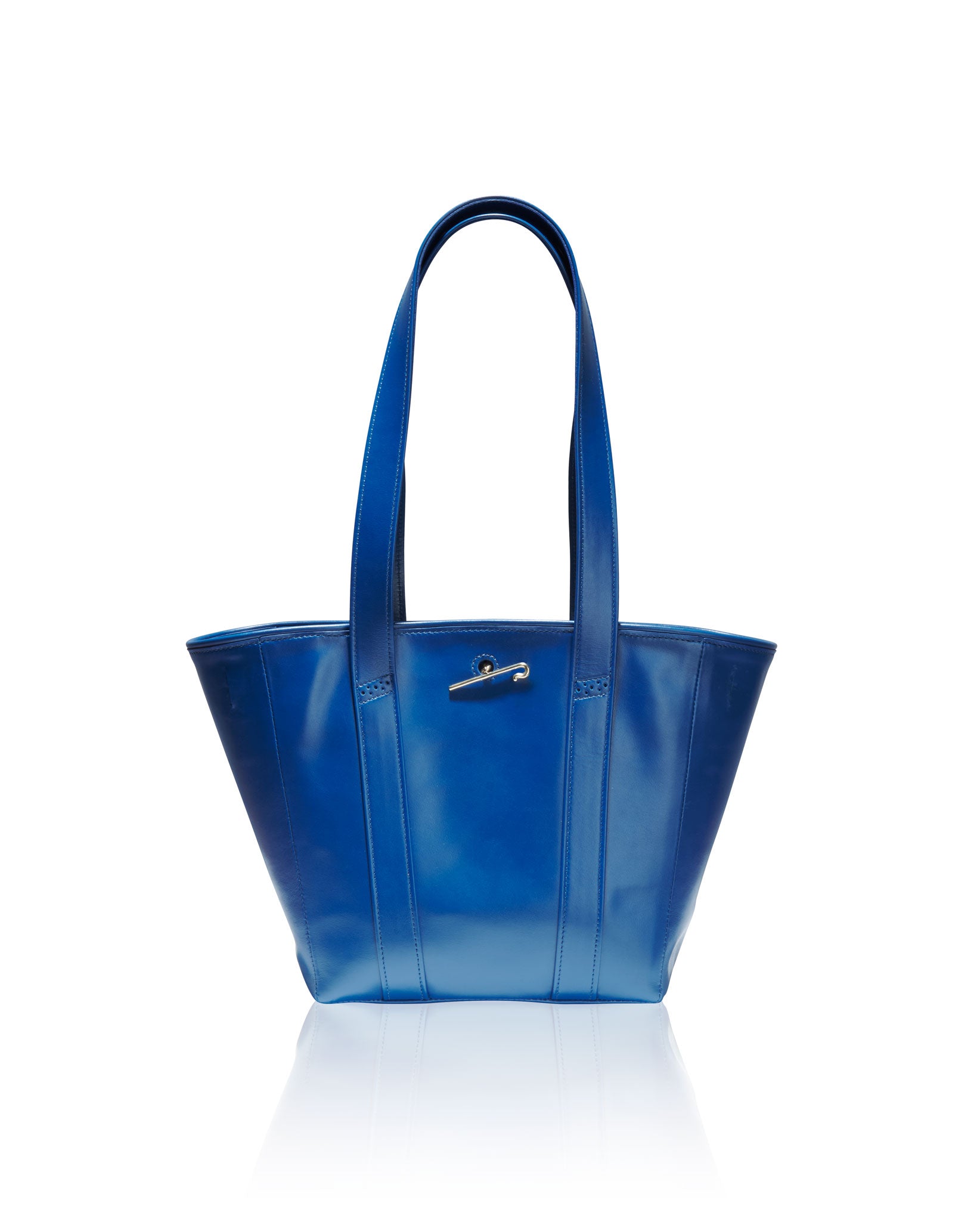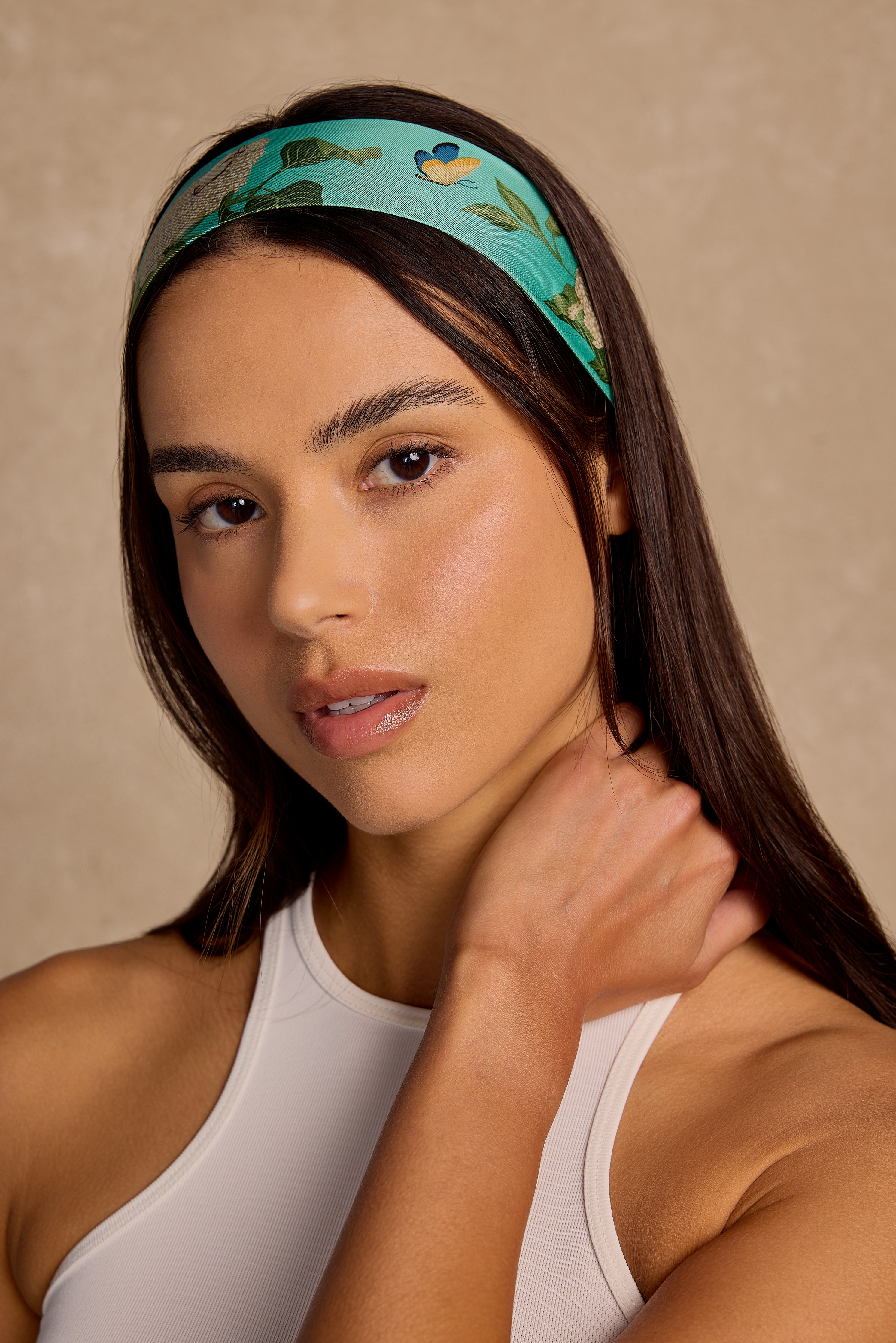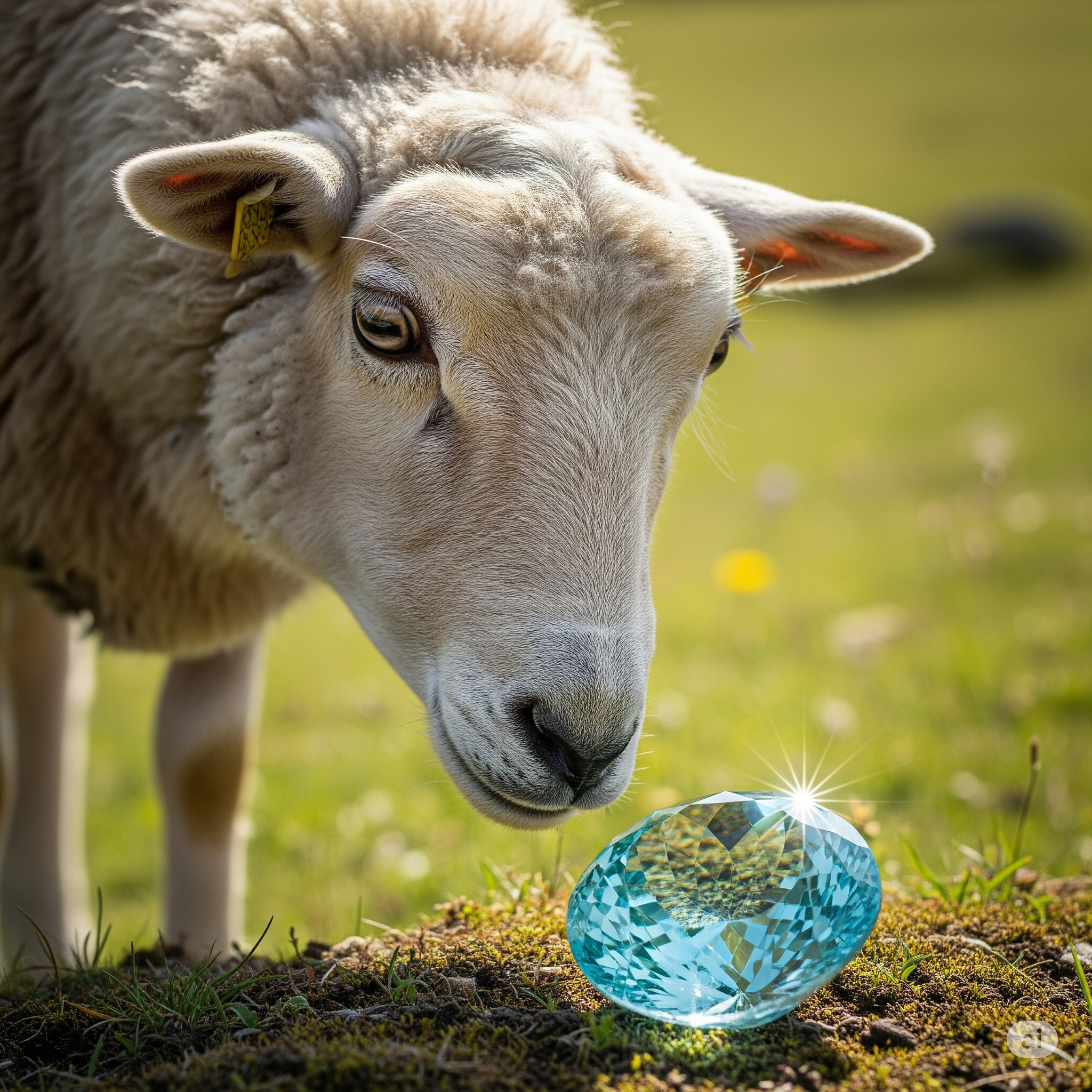Emerald, heliodor, and aquamarine are variants of beryl distinguished by color: emerald is green; heliodor, yellow; and aquamarine, blue.
Aquamarine is seen in jewelry dating back to ancient Egypt, India, Greece, and Rome. In 77 A.D., Pliny the Elder devoted Chapter 20 of Book 37 of his Natural History to the aquamarine, describing the best examples as having “the color of the sea.”
A thousand years later, in the 11th century, Bishop Marbode of Rennes would write a famous medieval treatise on gems, De Lapidibus — a book written entirely in verse. The treatise contains a poem for each gem, composed in Latin, in dactylic hexameter, the same classical meter as the Aeneid. About the aquamarine, Marbode wrote:
The hexagonal shape makes beryls conspicuous.
Unless it becomes dull, they seem to contain a pale hue.
Experts desire the finest ones, resembling oil or seawater,
And those knowledgeable in beauty esteem these gems highly.
This stone reaches our lands from India;
It is also said to embody marital love,
And is believed to exalt those who wear it.
It is also said to warm the right hand of the wearer.
It cures weak eyes in which water has formed,
When powdered and drunk, it also relieves sighing,
And is said to cure all pains of the liver.
The masters have declared that there are nine varieties of this stone.
Several centuries later, Saint Albert the Great, then Bishop of Regensburg, wrote his Book of Minerals, and described aquamarine similarly. He preferred pale aquamarine (“the better kind is said to be paler”), the opposite of today’s common preference for more deeply blue aquamarine. Like Marbode, Albert called out aquamarine’s uses: “It is said to be effective against peril from enemies and against disputes, and to give victory. It is also said to cause mildness of manner and to confer cleverness. . . . The goldsmiths also say that it makes husband and wife agree in marriage.”
In the modern era, aquamarine continues to inspire. The largest cut aquamarine, a 10,363 carat aquamarine obelisk standing 14 inches tall, sits in the Natural History Museum in Washington. Queen Elizabeth regularly wore a tiara, necklace, bracelet, and earrings set with massive aquamarines. The necklace and earrings were coronation gifts from the people of Brazil; the tiara and bracelet she commissioned herself. And Princess Diana wore a famous aquamarine ring.
The inaugural edition of our Fine Metals and Gems collection features aquamarines. We selected aquamarine not only for its beauty, but to tap into the meaning it has borne for millenia: aquamarine is a gem of protection, of healing, of amity, love, and cleverness, a gem that “give[s] victory.” Our larger aquamarines are intaglio engraved with the Pole Star — a symbol of our ability to navigate, to deduce direction from the heavens, to get where we are going and then come safely home. And, as a bonus, the aquamarine happens to be both of our founders’ birthstone!
— Mouton Noir



